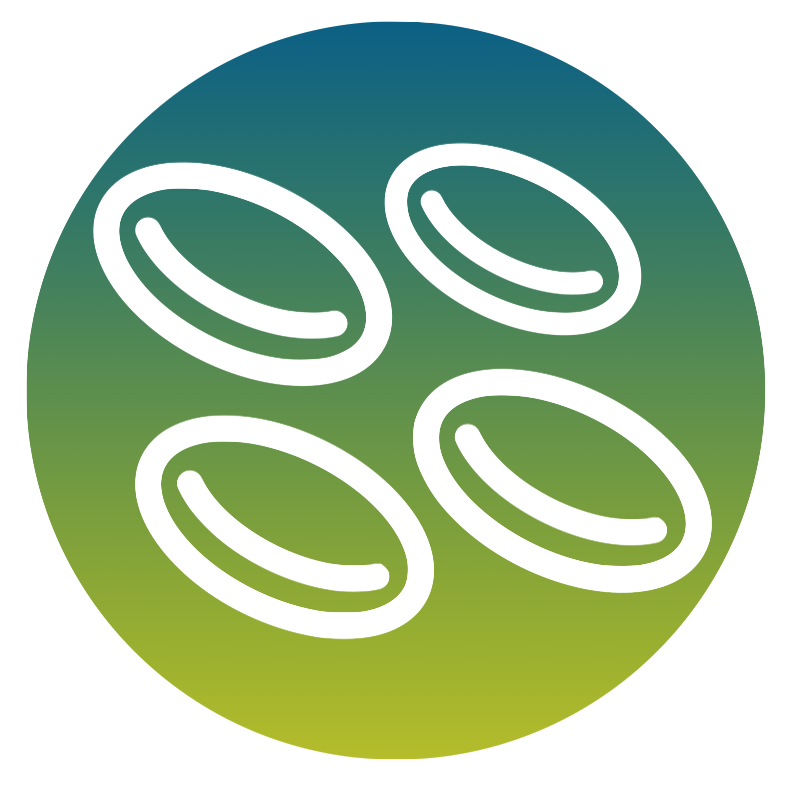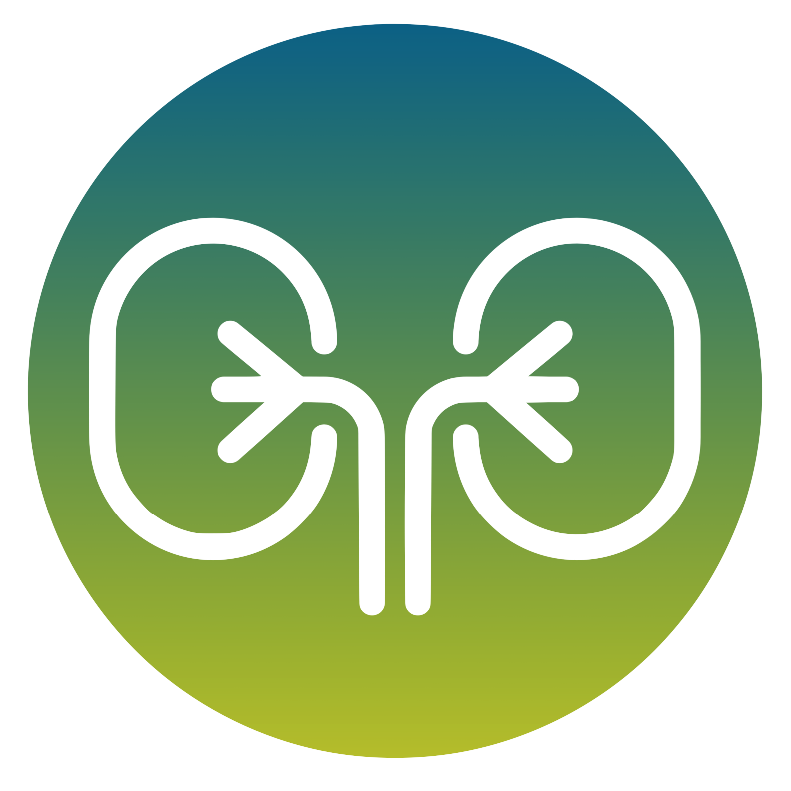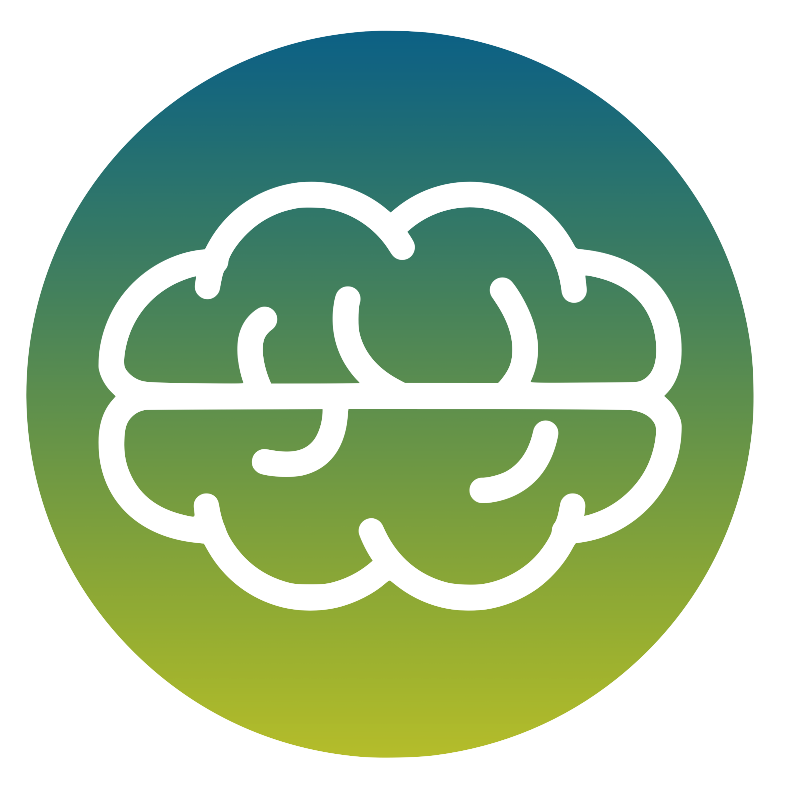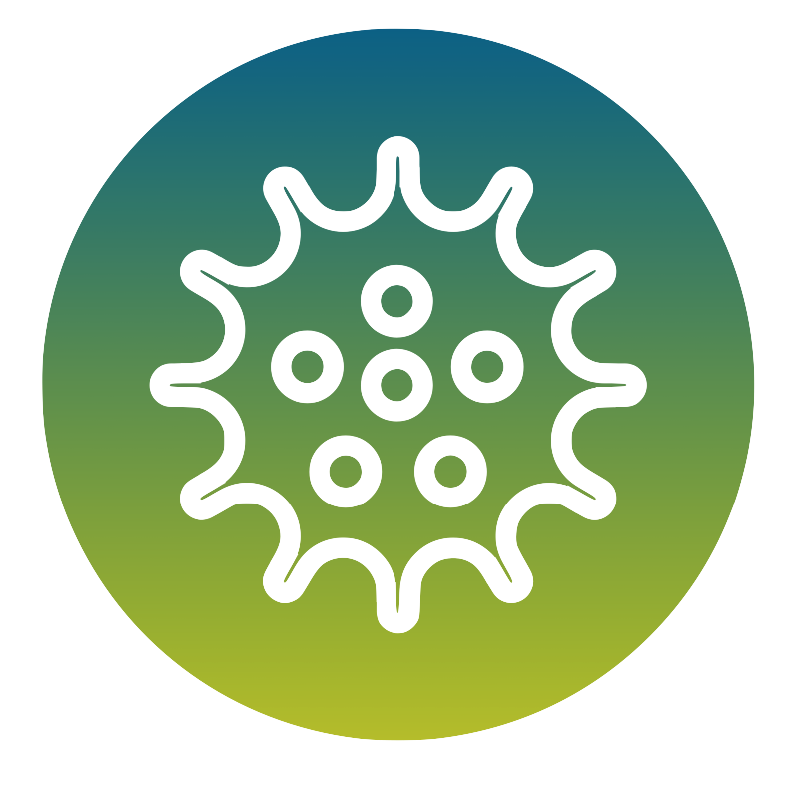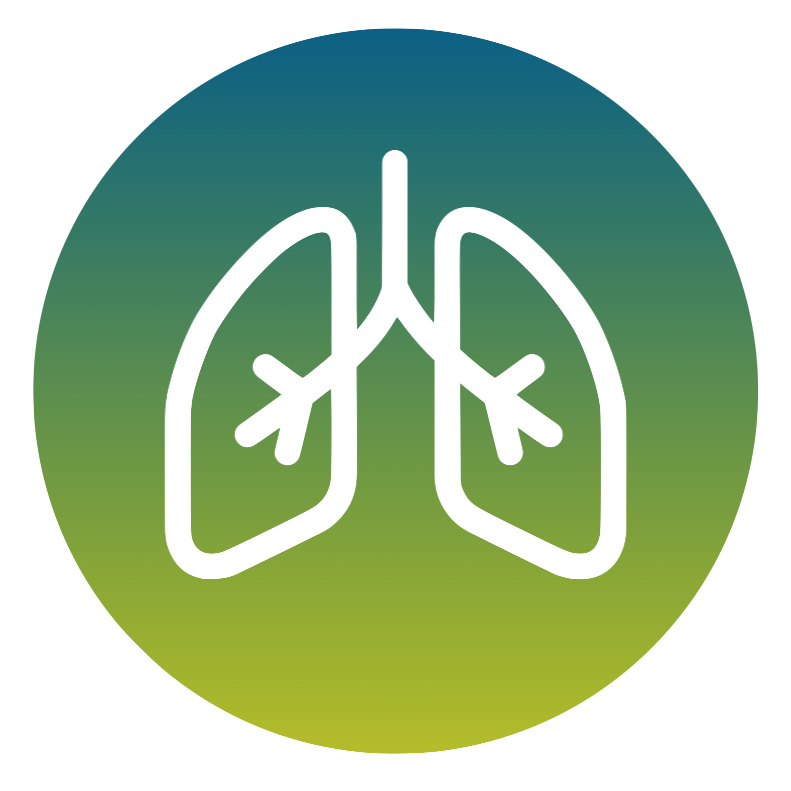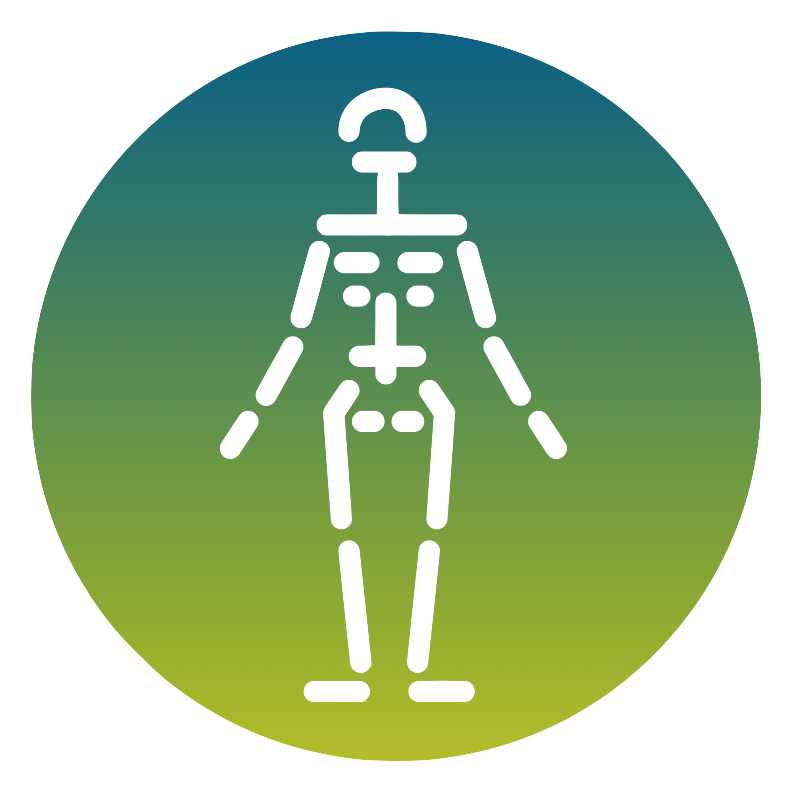Neurofibromatosis is a group of genetic disorders affecting the nervous system, characterised by the formation of tumours on nerves and other abnormalities. The main forms of neurofibromatosis are neurofibromatosis type 1 (NF1) and neurofibromatosis type 2 (NF2). NF1, also known as von Recklinghausen disease, is the most common form of neurofibromatosis, caused by mutations in the NF1 gene. The main features of this disease are café-au-lait spots (pigmentation of the skin), neurofibromas (benign tumours that form on nerves), Lisch nodules (pigmented lesions in the iris), bone abnormalities and abnormal growth and development. NF2 is less common than NF1 and is caused by mutations in the NF2 gene, located on chromosome 22. The main features of NF2 include bilateral Schwannomas (benign tumours) of the acoustic nerves, spinal tumours and other tumours of the central nervous system.
2 genes
NF1: 1/2,000-4,000
NF2: 1/60,000
Molecular diagnosis of neurofibromatosis-associated genes (NF1 and NF2).
Method: NGS sequencing, determination of SNVs (Single Nucleotide Variants), small insertions and deletions and CNVs (Copy Number Variants).
Limits: The test is unable to determine the presence of underrepresented somatic events, balanced chromosomal rearrangements, nucleotide expansion events of repeat regions, CNVs <3 contiguous exons. <3 esoni contigui.
Some genes may have low coverage areas, where necessary or upon specific request, within the limits of methodological limitations, sequencing can be completed with alternative methods (Sanger).
Some genes may be duplicated in the genome (pseudogenes), which may invalidate the analysis.





